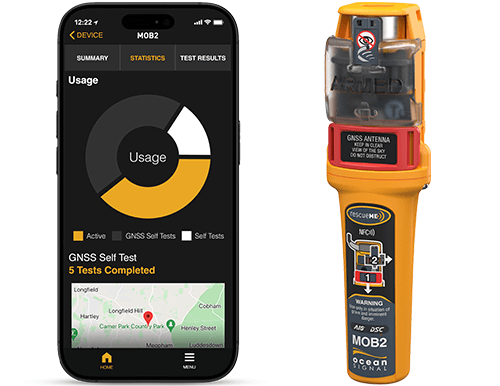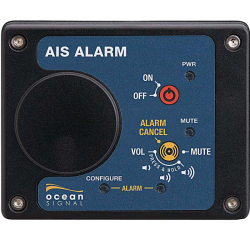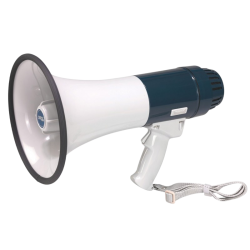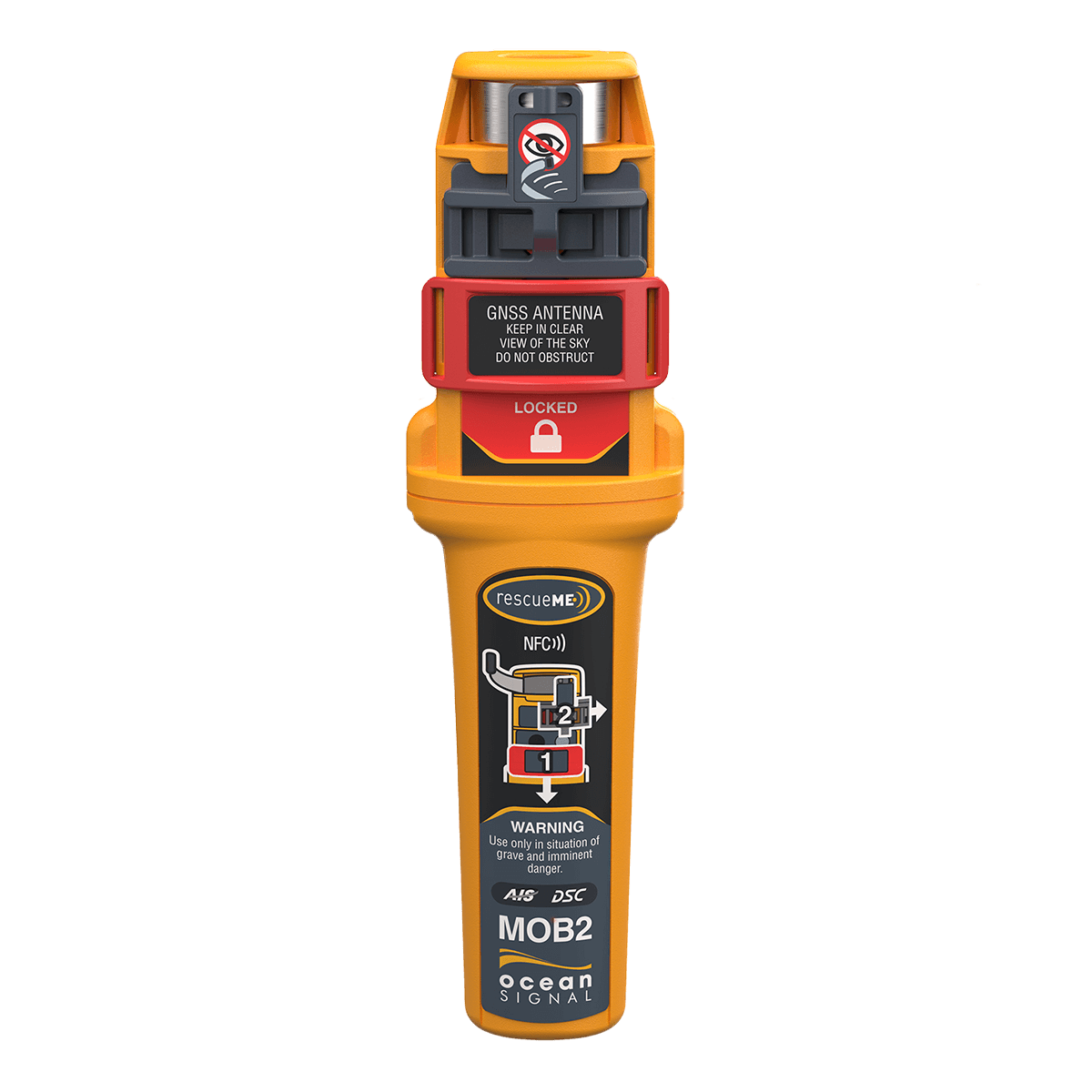- -€55.08
The Ocean Signal AIS MOB2 personal beacon gives you the safety you need in an emergency. Considered the world's smallest MOB system, it is compatible with lifejackets. Its first alert signal is emitted after 15 seconds.
This personal beacon is ideal for your nautical activities such as fishing, windsurfing, sailing or motorboating..
Read more FeaturesData sheet
- Product type
- AIS, Emergency beacon
- Function tag
- DSC emitter (156.525Mhz), AIS technology (162Mhz), VHF DSC
- Battery life
- 5 years
- Geolocation
- GPS + Glonass (66 channels)
- Trigger
- Manuel
- Category
- AIS marine beacon
- MMSI coding
- MMSI registration by the user on anfr.fr
OCEAN SIGNAL - PERSONAL BEACON AIS MOB2 - SAFETY FIRST
The AIS MOB2 beacon is designed for installation in the lifejacket and will activate automatically when inflated, but can also be triggered manually. This AIS man overboard beacon is approved for Class M with VHF DSC. It is designed to exceed Class M requirements by complying with ECC/DEC/(22)02 regulations concerning the use of MOB devices.
Ocean Signal and Furuno have made a commitment to the Société Nationale de Sauvetage en Mer (SNSM) in their mission of voluntary and free rescue at sea by donating €3 towards the purchase of this personal beacon.
 |
Compact, efficient distress beaconOnce triggered, the MOB2 personal beacon sends the first alert within 15 seconds, broadcasting your precise position using AIS technology to neighboring vessels and onboard navigation systems. It communicates with the vessel from which you have been separated, and with other vessels up to 5 miles away, depending on conditions. In addition, nearby vessels are instantly informed of the man overboard situation thanks to DSC technology. In the event of an emergency, the MOB2 provides two methods for rapidly communicating your position, with an accuracy of just a few meters, and offers a visual indication thanks to its integrated strobe lights. Its two integrated strobe lights, infrared (IR) and white, guarantee maximum visibility in low-light conditions. Waterproof up to 10 meters, the MOB2 Ocean Signal rescueMe personal beacon features robust construction and a 5-year battery life. |
MOB2: connected distress beaconConnectivity with your cell phone is simple thanks to Near Field Communication (NFC) technology. You can easily program MMSI numbers and access detailed information on your devices, such as self-test history, GNSS test history, battery life and programming data. A dedicated app for Ocean Signal products is available on iOS and Android, offering a user-friendly interface for managing and checking your equipment with ease. Simply placing a phone near the beacon automatically opens the app. |
 |
MOB2 Ocean Signal technical specifications
| Dimensions in mm | 134 x 38 x 27 mm |
| Weight |
92 g |
| Transmission AIS | |
| Transmitting power (EIRP) | 1 Watt |
| Frequencies | 161.975 / 162.025MHz ±500Hz |
| Messages | Message 1 (position); Message 14 (MOB status) |
| Message repetition | 8 messages / minutes (Position) ; 2 times / 4 minutes (Message 14) |
| DSC transmission | |
| Transmit power (EIRP) | 1 Watt |
| Frequencies | 156.525 MHz |
| Messages | Individual distress relay / Distress alerts to all vessels |
| Message repetition | Once every 5-10 minutes |
| Battery and environment | |
| Operating time | >24 hours at -20°C |
| Storage life | 5 years |
| Immersion | IP68, 10m depth for 1 hour |
MAIN POINTS :
|
BOX CONTENTS :
|
Accessories
Customer Reviews (0)
Questions / Answers




